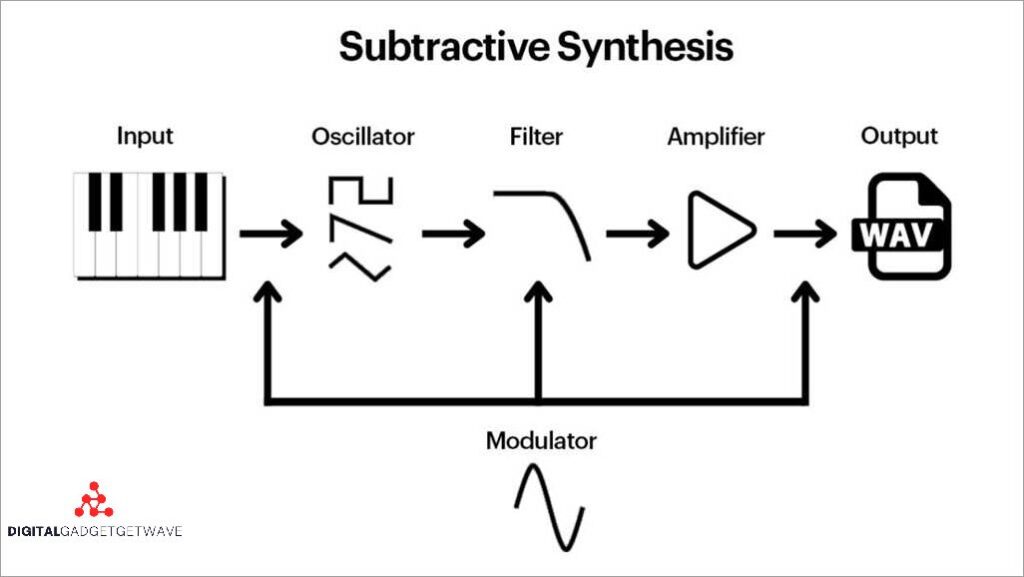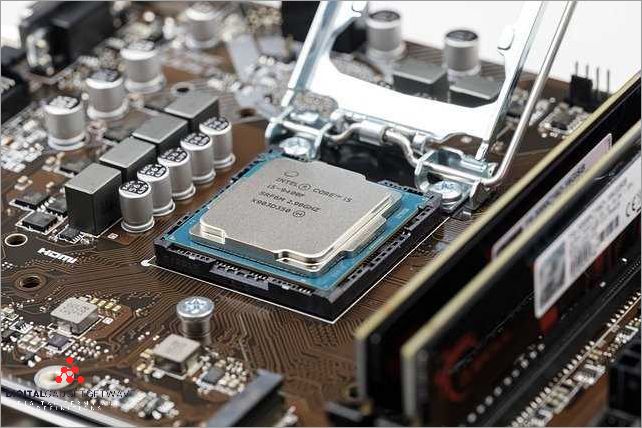DSO Decoded: Understanding the Meaning Behind the Acronym
DSO is an acronym that is commonly used in various fields to denote a specific term or concept. The abbreviation DSO stands for “Days Sales Outstanding”, which is a financial metric used to measure the average number of days it takes for a company to collect payment for its sales. The term DSO signifies the ...











